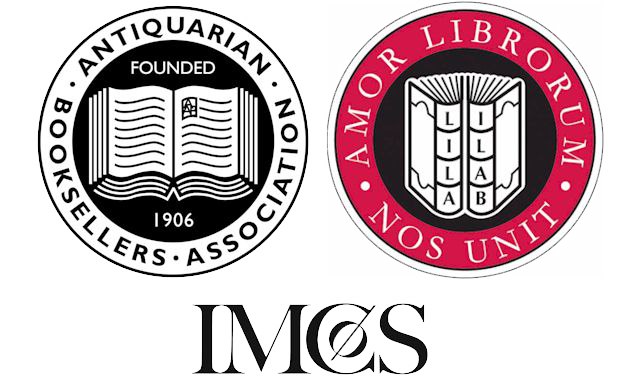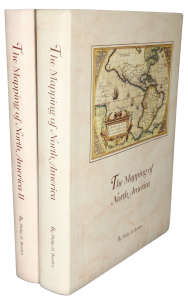Rare Maps and Prints
- World & Celestial
- North America
- West Indies, South & Central America
- British Isles
- British Isles
- English counties
- Large-scale
- Bedfordshire
- Berkshire
- Buckinghamshire
- Cambridgeshire
- Cheshire
- Cornwall
- Cumberland
- Derbyshire
- Devon
- Dorset
- Durham
- Essex
- Gloucestershire
- Hampshire
- Herefordshire
- Hertfordshire
- Huntingdonshire
- Islands
- Kent
- Lancashire
- Leicestershire
- Lincolnshire
- Middlesex
- Norfolk
- Northamptonshire
- Northumberland
- Nottinghamshire
- Oxfordshire
- Rutland
- Shropshire
- Somerset
- Staffordshire
- Suffolk
- Surrey
- Sussex
- Warwickshire
- Westmoreland
- Wiltshire
- Worcestershire
- Yorkshire
- Wales
- Scotland
- Ireland
- Western Europe
- Eastern Europe
- Middle East
- Africa
- Asia
- Australasia & Pacific
- Decorative Prints
- Title Pages
Mr. Philip D. Burden
P.O. Box 863,
Chalfont St. Giles, Bucks HP6 9HD,
UNITED KINGDOM
Tel: +44 (0) 1494 76 33 13
Email: enquiries@caburden.com
This is the first double-page image published in Vanity Fair on 1 July 1879. Less than 20 were printed in the entire history of the magazine. This is arguably the rarest. The artist was Alfred Chantrey Corbould (1852-1920) who was born into a family of artists. His father was Alfred Hitchens Corbould (1821-74), himself the son of Henry Corbould (1787-1844). Brought up in Kensington he studied art under his uncle Charles Samuel Keene (1823-91), an illustrator for ‘Punch’ magazine. He exhibited his work at the Royal Academy from 1879 and specialised in sport caricature, an ideal subject for the magazine ‘Vanity Fair’.
‘The Row in Season’ refers to the fashion of English society enjoying Rotton Row in London’s Hyde Park. In the centre of the are the Prince and Princess of Wales on horseback. The route was originally designed as a safe passage for King William III to travel safely between Kensington Palace to St. James’s Palace and called the Route du Roi. Over time it was corrupted to Rotton Row. Matthews & Mellini (1982); Savory (1979) p. 178.






